How to Rank for Featured Snippets: Expert Strategies for 2024

For website owners and online marketers, ranking on a featured snippet is like getting the best spot on a busy street. But it’s hard to beat other websites that also want to be there. This guide will help you understand how to compete and get a featured snippet.
Why are Featured Snippets Important for Rankings?
Featured snippets are like the best spot in a crowded store. They put your website right in front of people who are looking for answers, making it more popular and attracting more visitors.
When Google chooses your website to answer a question, it shows that you know a lot about your topic. This makes people trust your brand more. In short, featured snippets help your website get seen, attract more visitors, and build trust.
How to Get Featured Snippets
Getting a featured snippet is like having a famous chef say your restaurant is the best among other food chain giants. While challenging, it is not impossible. You can indeed get a featured snippet. All you have to do is understand how search engines work and use the right tool. Ahrefs can help you find the best chances to get your website featured.
Here’s how you can use Ahrefs to optimise your content for featured snippets:
- Site Explorer: Navigate to the Site Explorer tool on Ahrefs.
- Enter a Domain: Input your website’s domain.
- Organic Keywords: Access the list of organic keywords your site ranks for.
- SERP Features: Filter the keywords by SERP features.
- Featured Snippets: Identify the keywords that trigger featured snippets.
- Only Linking the Target: Focus on optimising content around these keywords.
By following these steps, you can pinpoint the search queries where you have the potential to rank for featured snippets and refine your content accordingly.
How does a Featured Snippet work?
The informational content that appears behind the adverts and sponsored posts in Google’s SERPs is known as featured snippets (if available).
Since its beginning in 2014, featured snippets have grown in popularity. According to Moz, highlighted snippets appear on 23% of all search result pages. A featured snippet is usually the first thing consumers see on the SERP. If you’re looking to understand how to rank for featured snippets, it’s important to note that the number of results in Google’s Position Zero, or highlighted snippets, has been continuously increasing year after year. Advertisers can soar above their competitors on page one, increase web visitors, and enhance conversions by using Google-highlighted snippets.
This search for “How is grass green? features a snippet from Live Science:
If sponsored advertising were available for this search phrase, it would appear above the snippet, which is the top organic result. Because it is focused on meeting user intent, Google displays what it considers high-quality material in this section.
Google’s search results now include a lot more than just links. When most users search for a term or phrase, the first thing they encounter is featured snippets. They’re also growing in popularity year after year. Take a peek at how many snippets were featured in posts in 2016 versus 2014:
Isn’t there a significant difference? But what is it about them that makes them so popular?
It’s because they provide simple, rapid, and easy-to-read answers to the questions consumers are looking for. To find what you’re looking for, you don’t have to click through anything. However, they aren’t only useful for the typical person. Featured snippets allow businesses to outperform their competitors, increase conversions, and direct visitors to their websites.
Ranking for a featured snippet is far more beneficial and successful than ranking for #1 in terms of sending traffic to your site.
Take a look at how much room a featured snippet consumes!
They dominate the SERPs, giving you a lot of exposure and keeping your site above the fold. They will also increase your company’s credibility faster than any other approach. You also don’t have to spend any more advertising fees to rank for them. You don’t have to be the best in your field, either. If you play your cards well, any organisation, regardless of size or money, can earn a slot at position zero.
However, there isn’t a set procedure for obtaining a featured snippet. And even if you achieve position zero, it may not persist indefinitely if Google determines that another page is better suited to rank for it. If you’re looking to learn how to rank for featured snippets, the key is to produce quality material and format it in a way that Google would appreciate. To ensure that Google recognizes your link, you must make your material “snippable.” You’re in luck if you already have some high-ranking links.
According to Ahrefs, 99.58%of featured snippet pages already appear in Google’s top ten SERPs for a given search query.
Adding questions to your headlines and subheadlines isn’t the only way to optimise for featured snippets. It’s a lot more complicated than that. You Can Target 4 Different Types of Featured Snippets
When it comes to optimising featured snippets, it’s important to know what types of snippets are available.
Major Types of Featured Snippets
- Paragraph
- List
- Tabe
- Youtube
1. Paragraphs
Paragraph snippets are the digital equivalent of a prime-time TV commercial. They command attention, delivering your message directly to a hungry audience. But securing this coveted spot is a relentless battle. While others struggle to be seen, you can dominate the search results.

Get weekly insights for revenue-shifting results
Sign up for our newsletter and be the first one to know about our exclusive offers, digital marketing news and updates.
|
|
Thank you for Signing Up |


2. Lists
List snippets are the digital buffet. They offer a quick, digestible feast of information, tempting searchers to indulge. But securing a spot on this coveted menu is a competitive challenge. While others scramble for scraps, you can claim your rightful place at the head of the table.
Ordered and unordered lists are the two types of listicle-highlighted snippets.
-
Ordered list
-
Unordered list
Listicle feature snippets are derived from the keyword terms “How” and “Why.” They’re your go-to categories if you’re seeking featured snippets quickly.
3. Tables
Table snippets make it easy to understand information. But getting your content into these top spots is tough. While others fight for attention, you can be the go-to source.
4. YouTube
YouTube snippets are the new frontier of search dominance. They offer a dynamic, engaging way to capture the audience’s attention. But breaking into this exclusive club is a formidable challenge. While others struggle to be heard, you can command the spotlight.
As per Getstat, the most popular type is a paragraph-featured snippet.
Which Search Queries Don’t Trigger Featured Snippets?
Getting a top spot on Google is tough. Everyone wants to be at the very top of the search results, but it’s not easy for all kinds of searches.
- Finding places nearby: Google usually shows maps and business listings first, not articles.
- Asking simple questions: Google gives quick, short answers, not long explanations.
- Looking at pictures: Google mostly shows text-based answers, not images.
- Shopping: People want prices and details, not advice.
10 Tips For How to Rank for Featured Snippets
1. Pay Attention to On-Page SEO
If you own a local business, you might notice that your content doesn’t often show up in featured snippets. This is because most people searching for local businesses seek specific information, not summaries.
This is a big problem for content creators. It’s hard to get your work seen when search engines don’t show it well. We need to understand how search engines work and find new ways to make content that can be featured.
2. Uncover Your Target Audience’s Desires
Understanding what people are searching for is the first step to capturing their attention. Tools like Ahrefs and Semrush offer a goldmine of data, revealing the hidden gems of the digital landscape.
Focus on long-tail keywords—specific, detailed phrases that reflect real user intent. These are your secret weapons. They offer a higher chance of ranking for featured snippets, bringing your content directly into the spotlight.
By aligning your content with these coveted keywords, you’re not just writing but also engaging in a targeted conversation with your ideal audience.
3. Decode Your Competition’s Success
To truly excel, you must understand your rivals. Learn more about your competitors’ strategies by analysing their featured snippets.
What makes their content stand out? How do they structure their answers? These insights are invaluable. By reverse-engineering their success, you’ll uncover opportunities to refine your approach and potentially surpass their achievements.
4. Identify Which Phrases You Already Rank Highly For
Your content is popular and ranks well. Now, let’s build on that success and create something extraordinary.
Improve the words and phrases that work well for you. This will help you get to the top. Each small win brings you closer to being seen by everyone.
5. Address Similar Questions in Your Content
Your content needs to be a knowledge hub. Answer every question your audience might have. This makes your content a valuable resource.
Covering multiple related questions increases your chances of capturing different featured snippets. This means more visibility, traffic, and opportunities to connect with your audience.
6. Anticipate Your Audience
People search in countless ways. To truly connect, you must think like them. Rephrase your content to encompass various query formats. This adaptability is crucial. By addressing multiple phrasings of the same question, you cast a wider net. This increases your chances of capturing that elusive featured snippet.
7. Unlock the Power of How-To’s
People look for a solution to their queries. Provide them with step-by-step blueprints to success. How-to guides are a goldmine for featured snippets. They offer clear, actionable information, making them highly attractive to search engines. By using how-to sections on your website, you position yourself as an expert, ready to guide your audience towards their goals.
8. Browse Google’s Own “People Also Ask” Sections
Google’s “People Also Ask” section shows what people want to know. By answering these questions in your content, you show people that you are the expert who can solve their queries. This helps you get to the top of search results and makes people happy.
9. Structure for Success
Clear and organised content is a search engine’s best friend. By structuring your content with defined sections and bullet points, you enhance readability and improve your chances of securing a featured snippet. Think of it as building a skyscraper; each floor (section) and room (bullet point) serves a purpose, guiding your readers and search engines effortlessly through your content.
Chances Of Getting Featured
Most people think only the top websites can get featured, but it’s not always true. Surprisingly, most featured snippets come from websites that aren’t even in the top ten search results.
This can be confusing because it means you might have a great website but still not secure a featured snippet. If you’re wondering how to rank for featured snippets, the key lies in understanding what people are searching for and ensuring your content answers their questions directly and quickly.
You need your website to rank high in search results, but you also need to write content perfect for featured snippets. It’s tricky, but it’s possible.
To do this, you need to study what people search for and write content that exactly matches their questions. You also need to keep checking your content and improving it over time.
Getting a featured snippet is tough, but it’s worth it. It can bring a lot of visitors to your website.
The path to Position Zero requires a blend of SEO expertise, content mastery, and an innate ability to anticipate user needs. It’s a complex challenge, but the rewards for those who succeed are immense.
Claim your spot in the digital spotlight
Featured snippets offer a golden opportunity to capture user attention and drive traffic. However, understanding how to seize these coveted spots requires a strategic approach.
- Keyword Gap Analysis: By looking at keywords that already have featured snippets, you can find ways to improve your content. Study the content that is already ranking well and see what information is missing. This will help you create better content that can beat the competition.
- Content Optimisation: The key to getting a featured snippet is to write content that answers people’s questions. The more questions you answer, the better your chances of getting a featured snippet. You can also use your old content that already ranks high and make it better by adding more answers to people’s questions.
Conclusion
Getting to the top spot in search results takes a lot of work. You need to make great content and use tools that help you understand how search works. You also need to figure out what people are looking for when they search and make sure your content answers their questions. If you’re aiming to learn how to rank for featured snippets, it’s crucial to structure your content clearly and provide concise answers to common queries. Additionally, keep checking how your content is doing and make changes as needed. By following these steps and staying up-to-date on the latest search engine trends, you can increase your chances of securing a coveted featured snippet.
In search for strategic sessions?
Let us understand your business thoroughly and help you
strategies your digital product.
It's time to call your business-
a brand!
Australian Owned Agency
Save Time and Money
Unbeatable Value
Where Work Gets Done
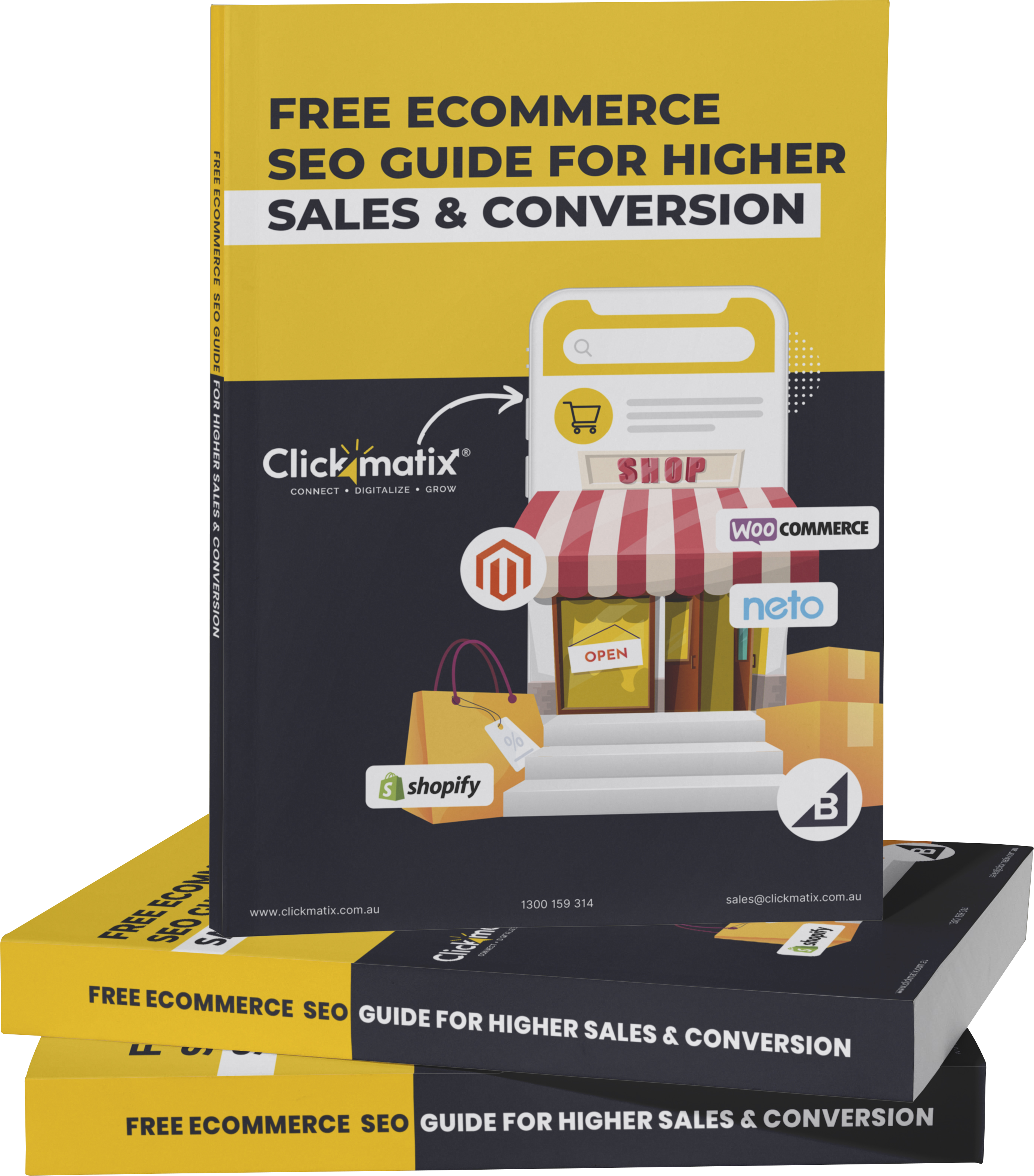
free Ecommerce SEO guide for Higher Sales & Conversion



THE ULTIMATE MARKETING GUIDE FOR LAWYERS


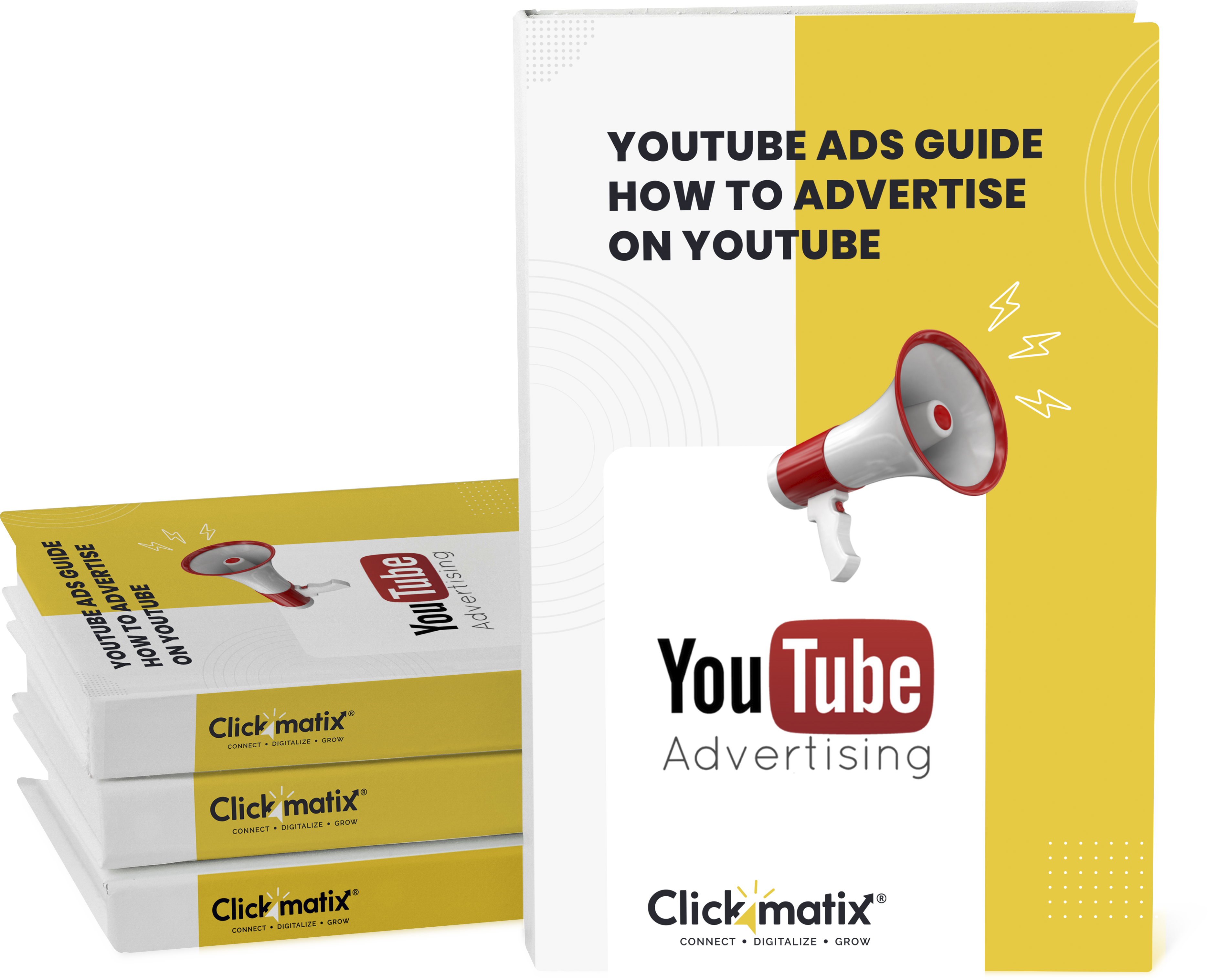
Youtube Ads Guide How to Advertise on Youtube



free Ecommerce SEO guide for Higher Sales & Conversion


It's time to call your business-
a brand!
Australian Owned Agency
Save Time and Money
Unbeatable Value
Where Work Gets Done


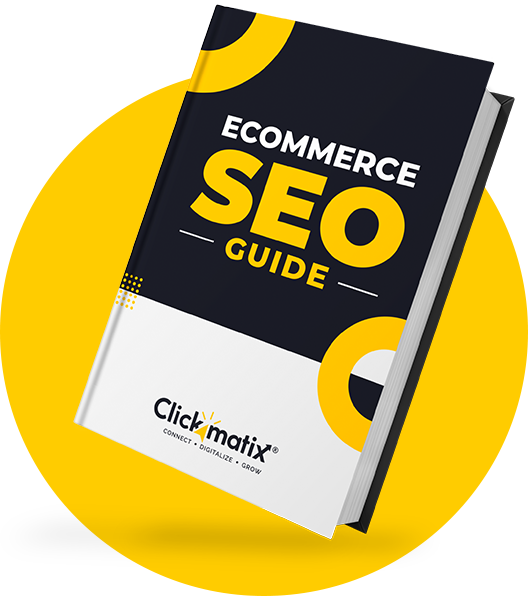
The Game-Changing Ecommerce SEO Guide That Will Blow Your Mind & Sales
With this Ecommerce SEO Guide, you'll be able to:
- Develop a Ecommerce SEO strategy.
- Build a content marketing strategy that aligns with your business goals.
- Convert your website visitors into paying customers.


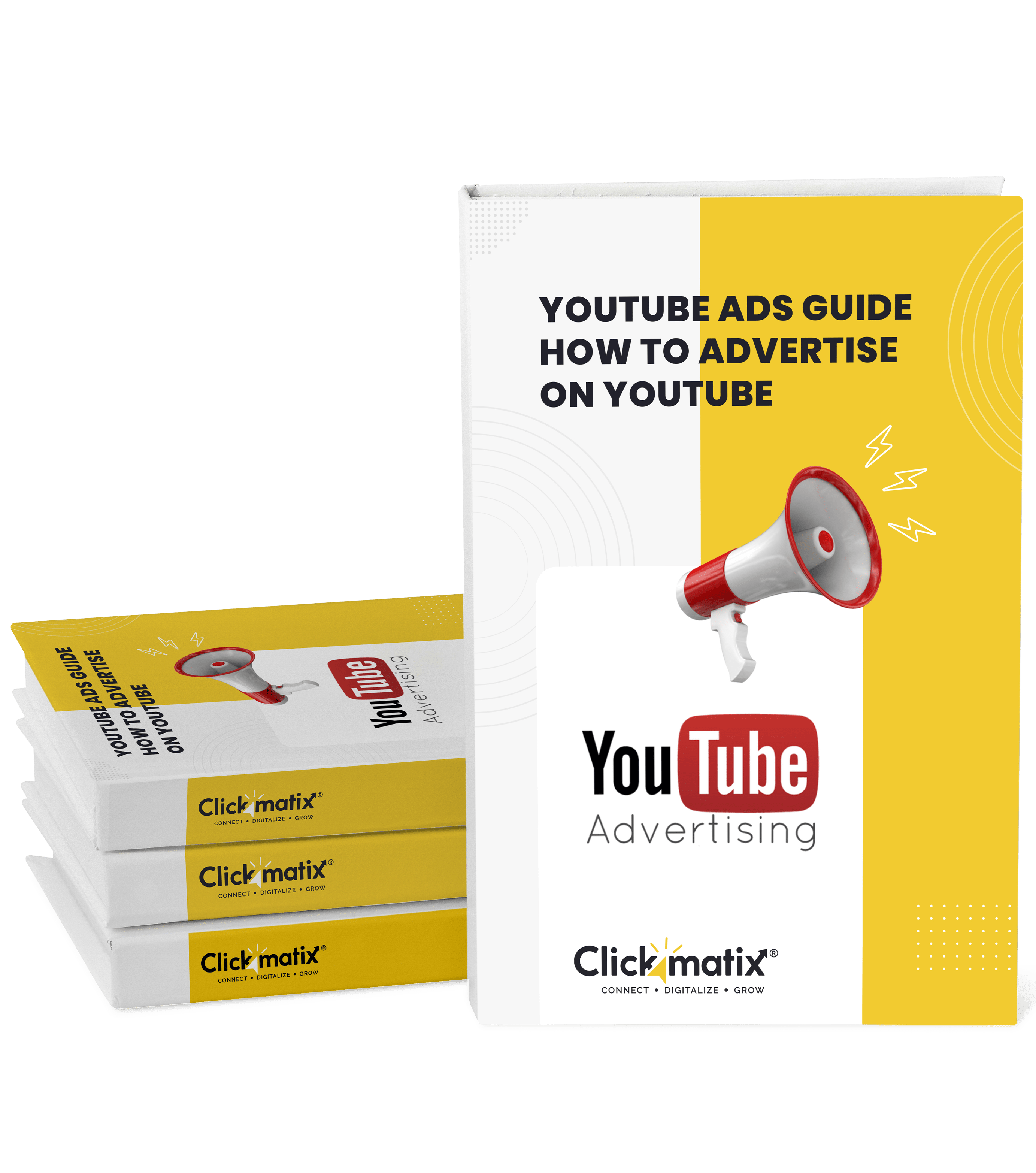
Youtube ads guide how to advertise on youtube
With this Youtube ads Guide, you'll be able to:
- Develop a Youtube ads strategy.
- Build a type of ads of your own that aligns with your business goals.
- Generate revenue from youtube ads.
It's time to call your business-
a brand!
Australian Owned Agency
Save Time and Money
Unbeatable Value
Where Work Gets Done








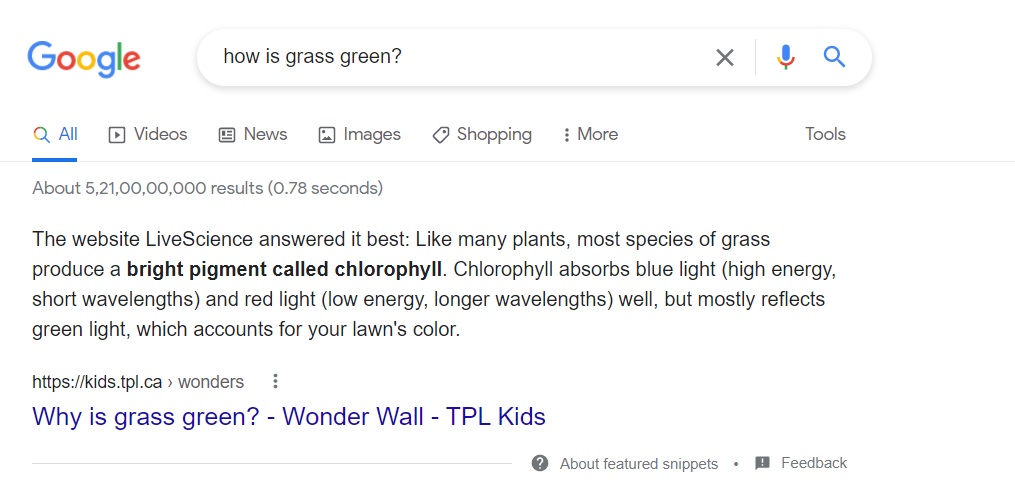
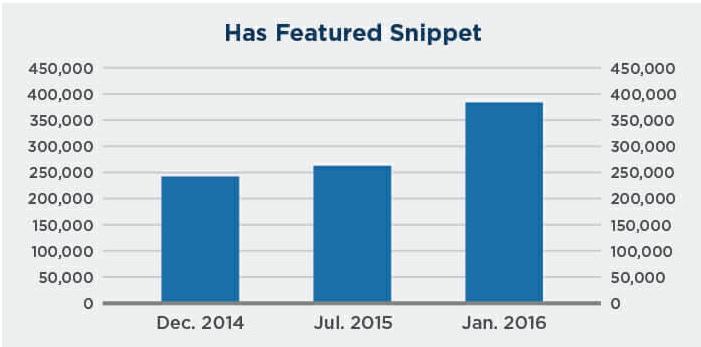
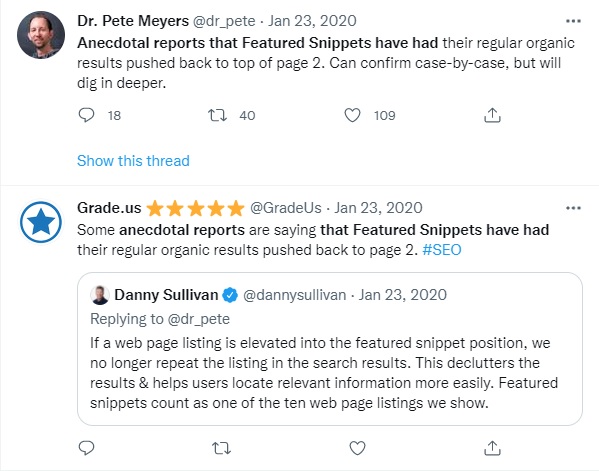
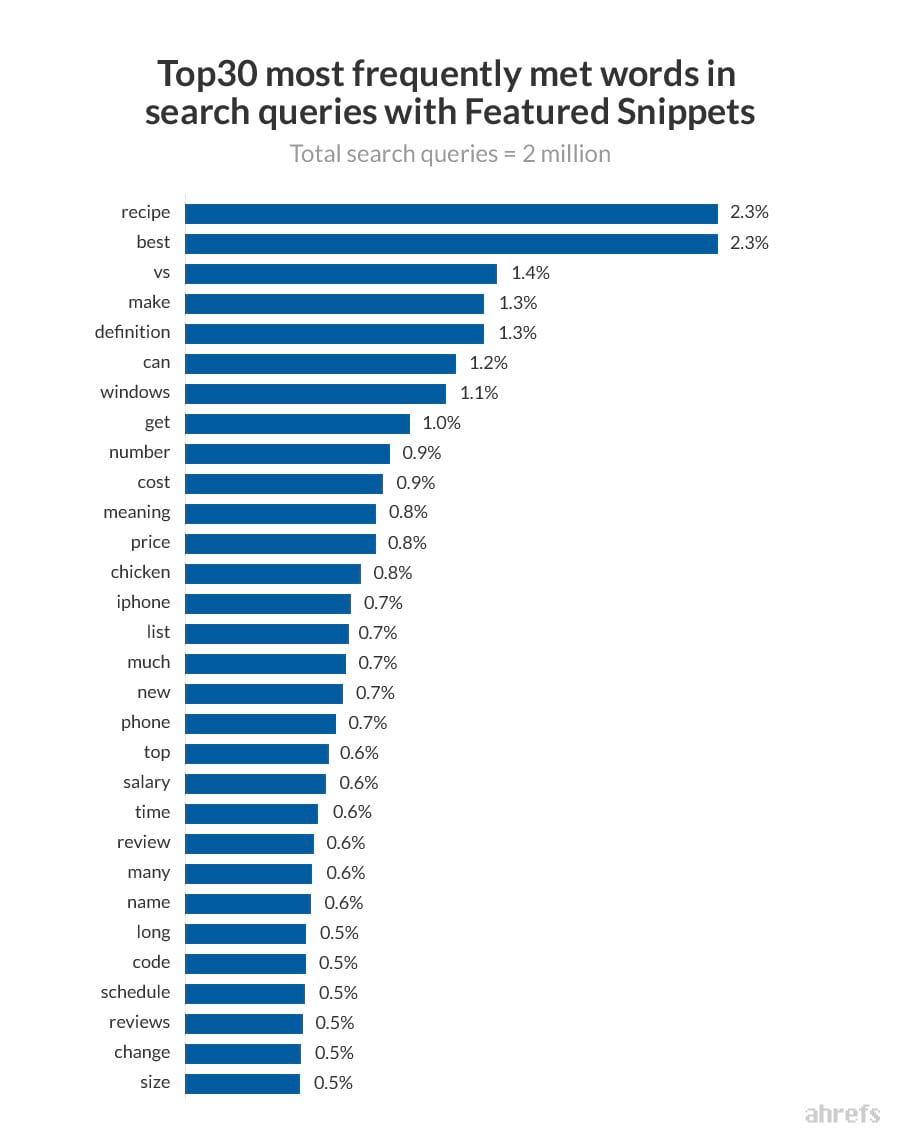
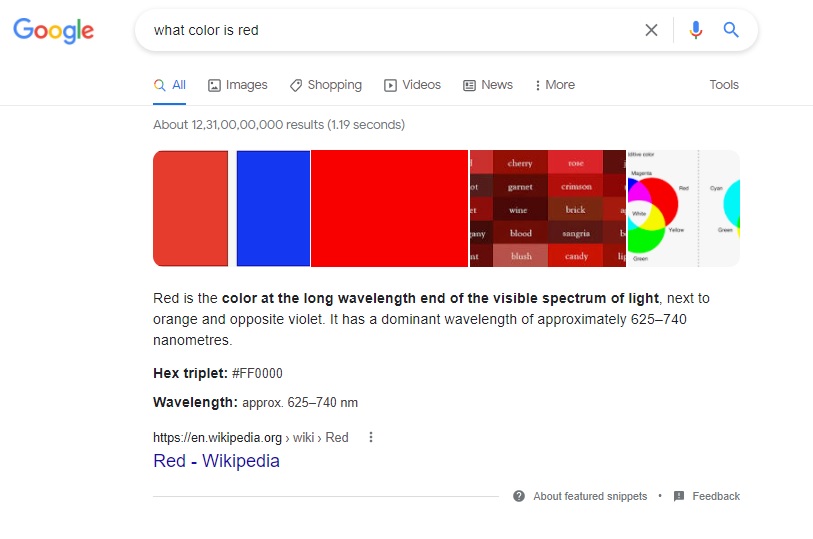
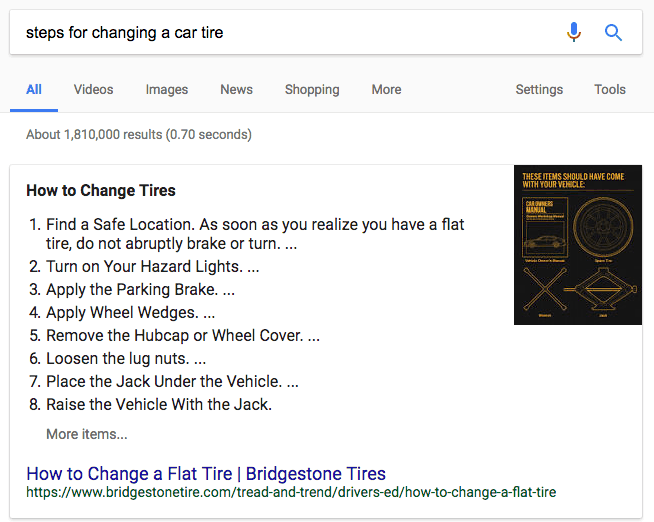
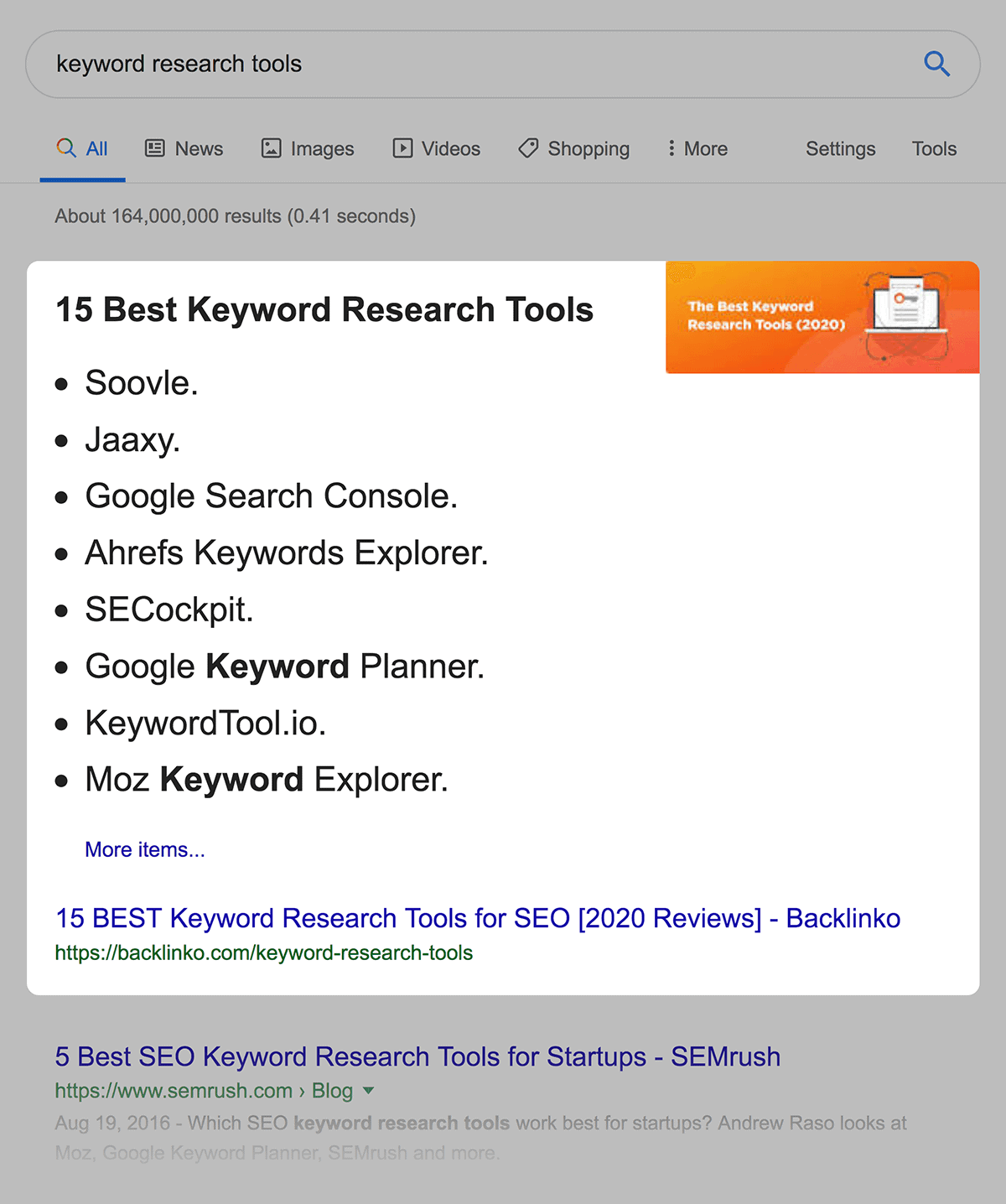
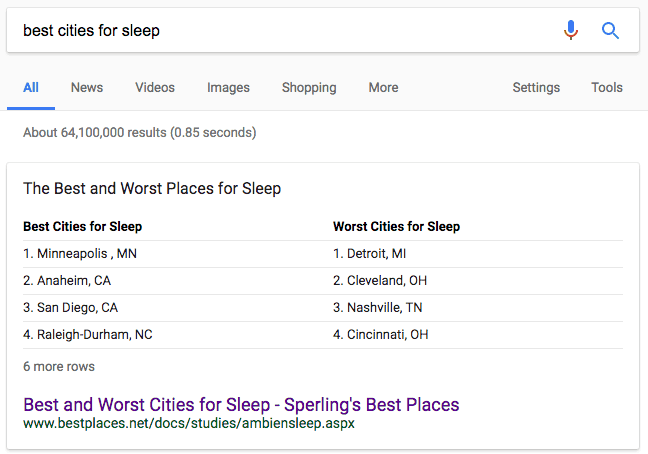


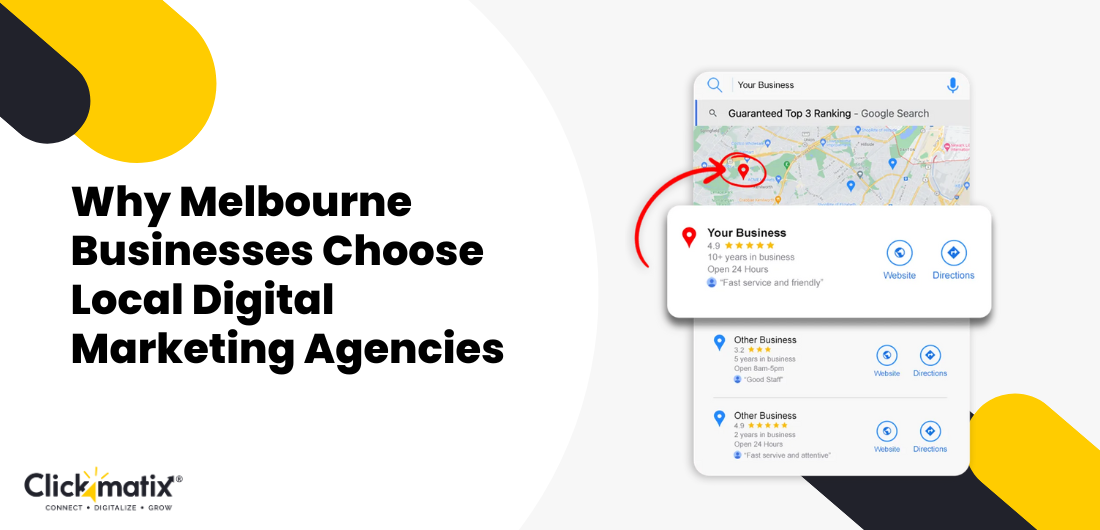


 Australian Owned Agency
Australian Owned Agency Save Time and Money
Save Time and Money Unbeatable Value
Unbeatable Value Where Work Gets Done
Where Work Gets Done